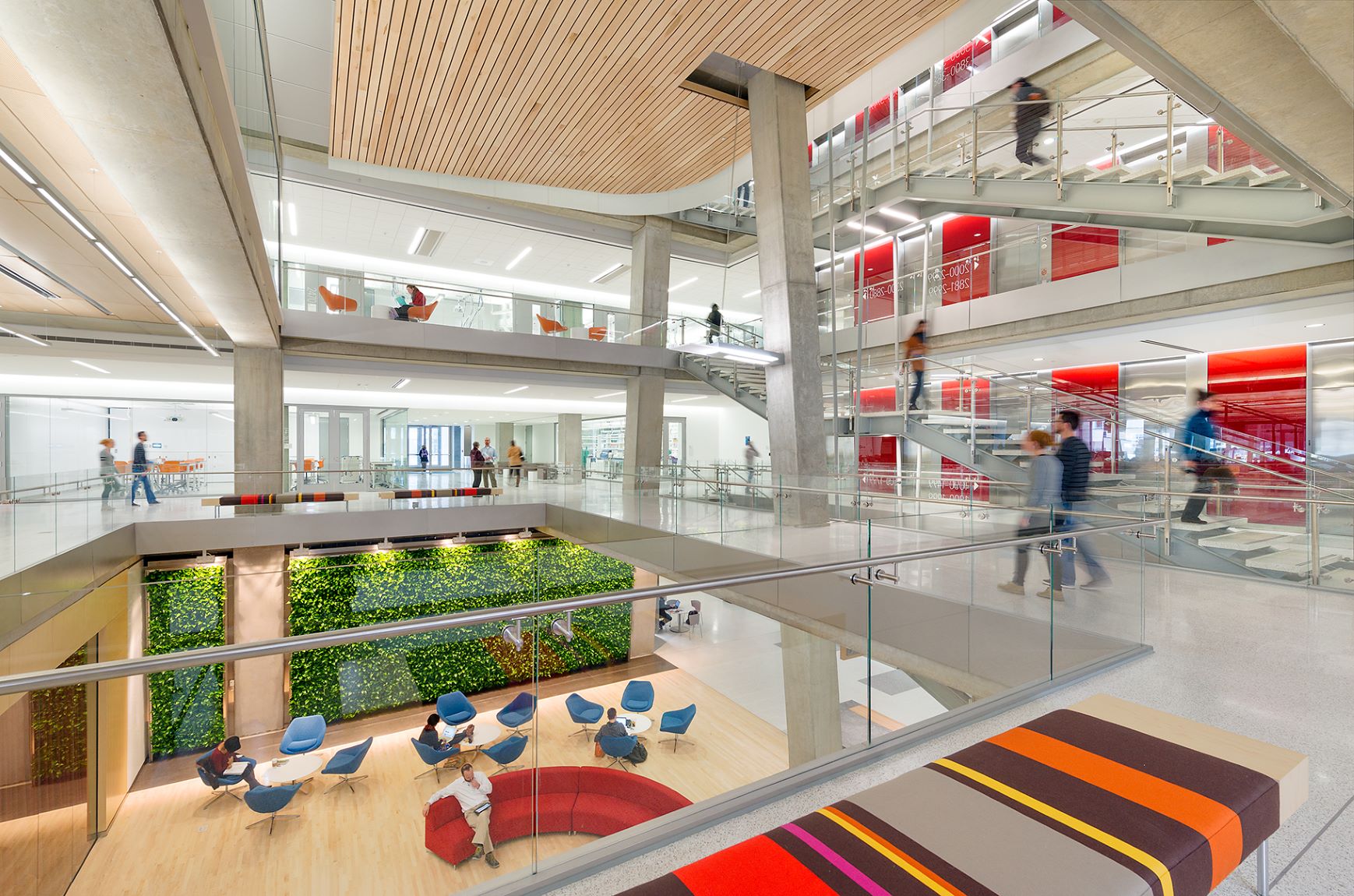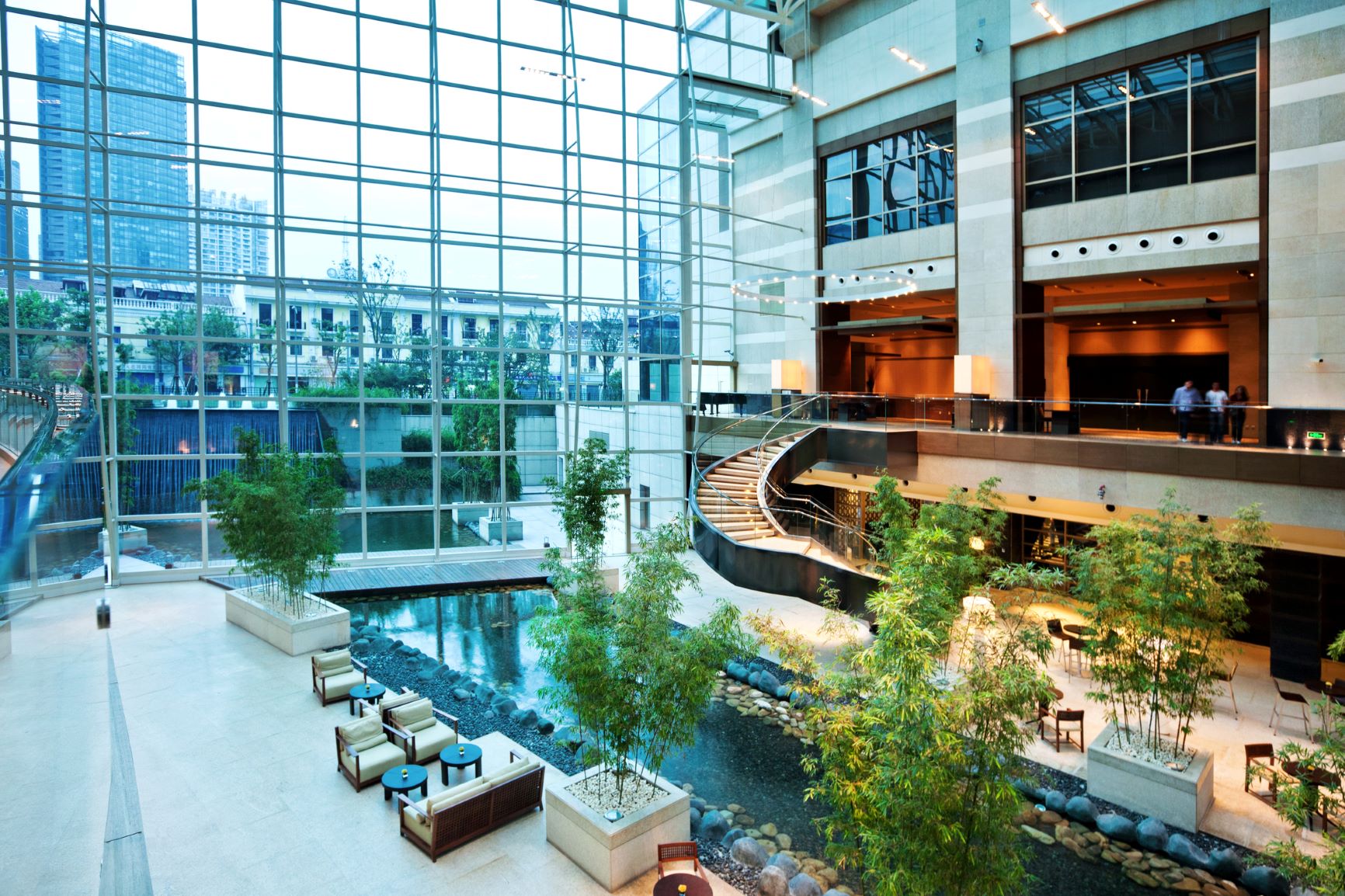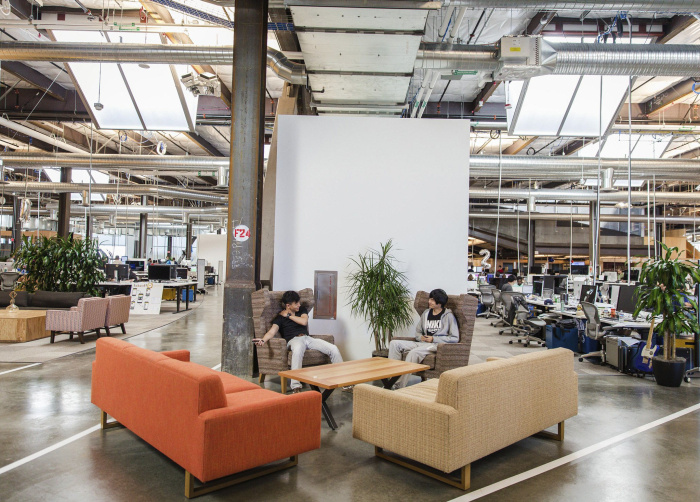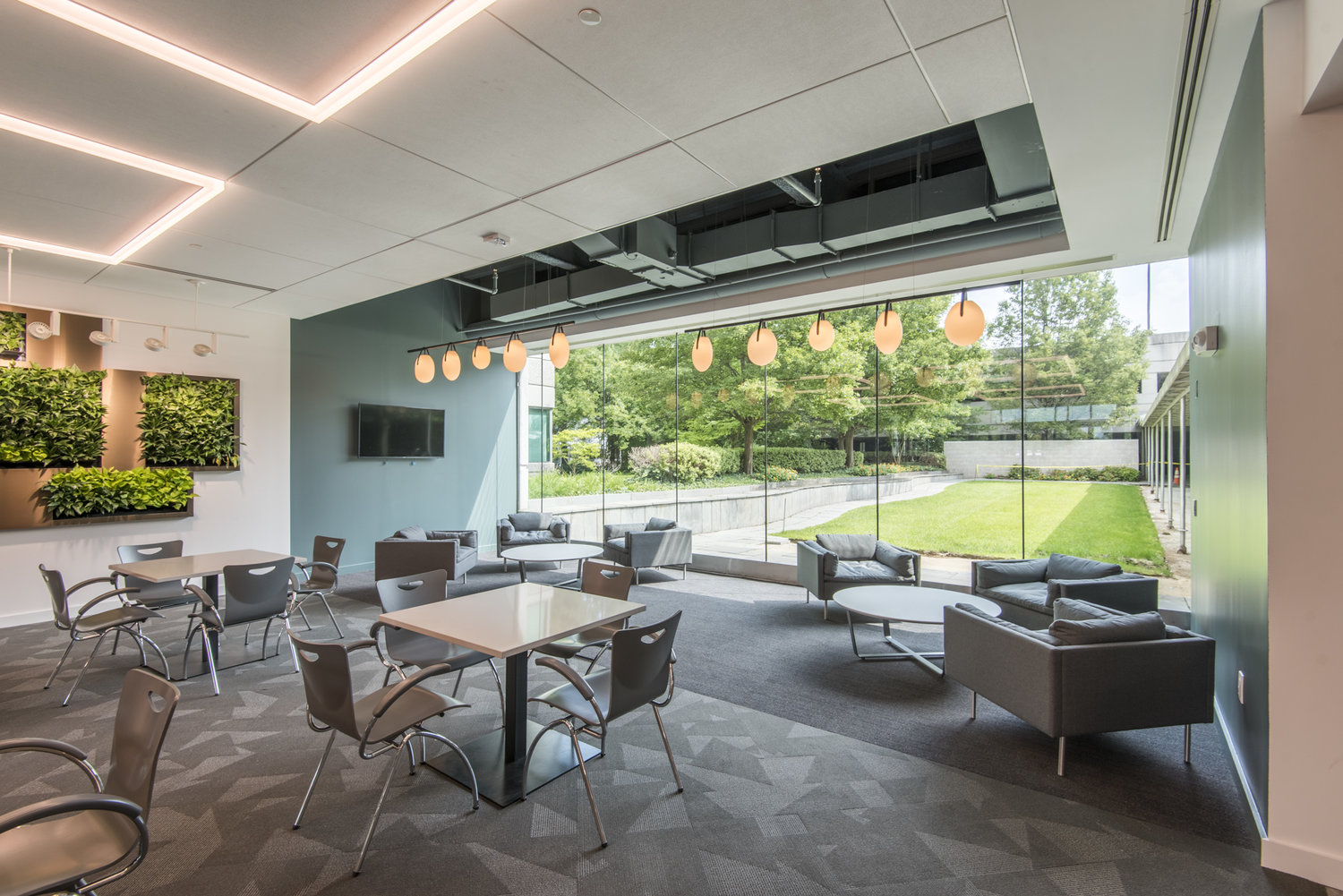When looking to update and improve indoor air quality, Ambius shares the key factors building operators should consider.

Americans spend 90 percent of their time indoors, according to the Environmental Protection Agency (EPA). That statistic alone should be enough to encourage pristine air quality inside built environments, but the COVID-19 pandemic has sparked conversations around improving indoor air quality (IAQ) more than anything else.
As the effects of COVID-19 linger into a second year, building operators continue to feel pressure on improving indoor air quality. Employees will return to work with a greater sense of awareness around their health and safety. Expectations have changed, and employers may need to make some improvements to heating, ventilation and air conditioning (HVAC) units while adding air purifying units in order to make employees feel safe again.
In fact, a recent survey of 3,000 employees around the U.S. and Canada showed that 60 percent of employees would take a pay cut to have better air quality. This statistic is alarming and shows a shift in how employees are evaluating what’s really important to them.

With recent guidelines released in March 2021, the Centers for Disease Control and Prevention (CDC) continues to make updates to the guidelines for building ventilation. Under these guidelines, the CDC recommends a layered approach for ventilation mitigation strategies in order to reduce viral particle concentrations.
It’s also important to understand that there is not one set solution that will solve every building ventilation equation. Every building is different and building owners should take into consideration the aspects that make their building unique such as occupancy, activities, environment, and seasonal changes when deciding on proper ventilation.
When looking to update and improve indoor air quality, building operators should consider these key factors:

Bring the Outdoors In
Opening windows when outdoor weather conditions and environmental conditions allow is a simple and easy way to introduce natural flowing air indoors. Allowing fresh air to flow inside will help increase the air exchange rate and will dilute human and product-generated air pollutants. However, many modern buildings don’t have windows that can open or they’re kept shut to maintain temperature and humidity. HVAC systems alone are not efficient at filtering pollution generated in indoor environments and thus building operators should consider additional strategies.
Another simple way to bring the outdoors in is to incorporate elements from the natural world throughout the building. Biophilia, humanity’s innate need to connect with nature and the natural environment, is changing the way we work, live, and operate within the built environments. As we spend more time indoors, we’re missing out on the essential psychological and physiological benefits that exposure to trees, fresh air, sunlight, and bodies of water provide us with. Plants, especially green walls, have some ability to remove pollutants from the air. They also reduce carbon dioxide in the air, which can positively impact fatigue, concentration and productivity.
The philosophy of biophilia has led to somewhat of a renaissance within the construction and architectural industries as wellness and sustainable design practices such as the WELL Building Standard and LEED continue to take on increased importance within the built environment. It’s this collection of standards, sustainability initiatives, and wellness programs stemming from biophilic principles that are generating the change that employees are beginning to see integrated into their workplaces from coast to coast.

Ensure HVAC and Air Purifiers are working together
HVAC systems equipped with minimum efficiency reporting value (MERV) filters can clean the air as it enters the room, however, relying on HVAC MERV filters alone is not enough. Along with a general inspection for HVAC functionality, the CDC recommends implementing high-efficiency particulate air (HEPA) filtration units that combine a HEPA filter with a powered fan system for auxiliary air cleaning.
Ensuring these two systems are effectively working together to clean the indoor air is imperative. A single cough or sneeze can expel germs as far as 27 feet at almost 100 miles an hour. According to Harvard Health, aerosolized coronavirus, spread through droplets that become airborne when people cough or sneeze can remain in the air for up to three hours. When operating at their full potential, high-efficiency particulate air filters can remove over 99.97 percent of airborne contaminants and allergens. These high grade filters also remove dust, vapors, bacteria, viruses, mold and fungi.
Air filtration units improve comfort levels, increase concentration, and reduce sickness rates. Any one of these factors should be enough to invest in safer air, but now, with additional fear and anxiety surrounding the COVID-19 virus, the need for cleaner, safer air is more critical than ever.

Trust the experts
There are many different factors that should be evaluated when assessing indoor air quality. Just because an HVAC system is clean and operating properly does not guarantee that it’s equipped to handle high rated MERV filters. In order to support higher MERV-rated filters, the filter medium (or material) must be packed more densely within the filter housing. This is normally achieved by folding or pleating. This increased density creates a higher resistance to the flow of air passing through the filter, which reduces it’s velocity and the rate of airflow.
For this reason, it is not always possible to simply replace filters within existing ventilation systems, as it can adversely affect the volume of air passing through the unit. If the HVAC system cannot handle higher rated MERV filters, then it can be supplemented using portable air purifiers.
Moreover, simply adding air purifying units to the facility does not guarantee that the units are properly cleaning the air. Air purifying units must be strategically placed in areas that work together with the HVAC flow and natural flowing air to produce a clean-to-less clean air flow. According to the CDC, in order to reduce the potential for directing airflow from infectious towards non-infectious space occupants, it is important that the “clean” and “less-clean” space determinations be established using infection control risk assessment considerations.
Air hygiene experts can conduct risk assessments where they will calculate the building’s unique air change per hour (ACH) rate, assess high risk and open areas that may require an increased need for air hygiene, and any other factors that makeup the building’s unique air quality equation in order to provide a customized solution. By working with a third party assessment team, facility managers can feel safe and confident that all health, safety and environmental risks are being evaluated in order to provide employees the highest quality indoor air.

